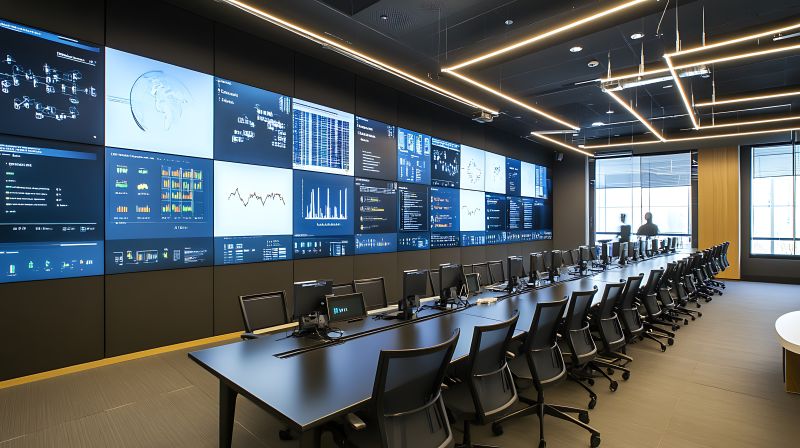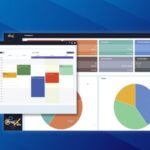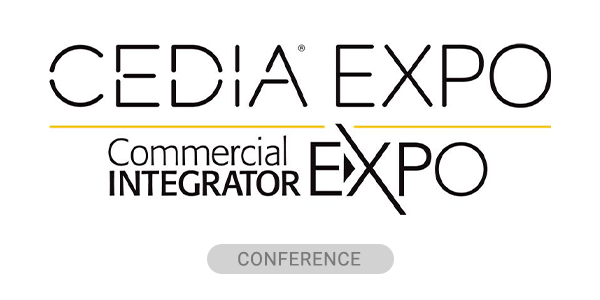Real-time data and images from an array of remote systems are vital to control room operations, where the ability to access and analyze information quickly can prevent serious consequences. For example, in network operations centers and utilities control centers, a lack of comprehensive visibility can lead to system crashes or network-wide service disruptions.
In transportation control centers and broadcast control rooms, delayed decision-making can lead to costly down time and system-wide failures. In emergency operations centers and public safety dispatch centers, the inability to assess all relevant data can undermine responsiveness.
Efficient data handling and rapid decision-making are crucial in all these high-intensity, real-time environments. For operators, agile management of a growing number of systems and data sources has become a must.
To address this need, control room designers and integrators are deploying IP video and control solutions that not only streamline workflows but also improve collaboration. Together, these technologies are enabling greater optimization of control room operations while providing a foundation for future scalability and adaptation to evolving demands.
Reducing Complexity While Increasing Access and Control
A major challenge in control room environments is being able to efficiently manage multiple remote sources. Traditional models require hardware for each system, and as a result, operators have had to navigate cluttered workspaces and make manual shifts between sources. IP KVM technology addresses this issue by allowing operators to control multiple remote systems from a single workstation.
Operators can connect to multiple physical and virtual machines simultaneously with high-quality video, placing and viewing individual sources across multiple displays to best suit their work. In addition to clearing the desktop and improving the work environment, this model can automate switching for operators and give them faster access to the information they need to respond to critical issues with greater agility.
Advanced distribution over existing IP networks enables ultra-high resolution video, audio and USB control, giving operators even more control and flexibility over visualization. They can extend and distribute video streams across multiple monitors or video walls, making critical information instantly accessible to the larger team for group review and analysis. This integration of control and visualization leads to better-informed decision-making and aids in reducing response times in high-pressure situations.
Enhancing Real-Time Control Room Collaboration
The adoption of IP-based control technologies also helps ensure effective collaboration in control rooms, which is vital for teams to coordinate responses to critical incidents — whether in emergency response, live event management or critical infrastructure monitoring. In such scenarios, these solutions are making it easier for operators to share important information instantly.
Incorporating video wall management features allows for more flexible display control without added complexity and costs. Able to push real-time data from an individual workstation to a video wall or secondary monitor, operators can ensure their entire team has immediate visibility to crucial insights. This capability enhances group problem-solving and accelerates decision-making processes.
Simplifying Management and Scalability
Historically, video and control technologies have been deployed as separate systems, each with its own infrastructure and management requirements. This siloed approach complicated installation and maintenance, raising costs for integrators and end users alike. Today, however, integration into unified platforms simplifies management while reducing the need for additional hardware.
With a single network infrastructure supporting both technologies, integrators can deploy flexible, cost-effective solutions that scale as operational needs grow. Whether a control room expands to accommodate additional operators or to integrate new data sources, a unified system can be adjusted to those new requirements without a complete overhaul.
While straightforward scalability ensures long-term viability and reduces the complexity of future upgrades, support for both HD and 4K video streams over IP likewise adds to the longevity of the installation, even as the control room environment evolves.
Taking advantage of remote access capabilities built into the solution, administrators can manage networked systems from anywhere, ensuring continuous oversight and rapid response to technical issues without compromising security. This feature is particularly beneficial in mission-critical environments where uptime is essential.
The Future of Control Room Technology
With the majority of control rooms today working with an ever-increasing number of sources, their need for scalable, high-performance visualization and control solutions will only continue to grow. By delivering the flexibility and efficiency that modern operations require, IP-based AV and control technologies offer a future-proof approach to managing complex and changing environments.
For integrators, understanding and implementing these technologies is key to designing next-generation control rooms that maximize productivity and facilitate effective collaboration. Leveraging integrated solutions, integrators can help customers streamline their control room operations and improve operators’ responsiveness while also reducing infrastructure cost and complexity.
Ongoing advancements in IP-based control solutions will further equip control room operators to monitor critical processes, collaborate with team members and adapt to new challenges, enabling a smarter, more agile approach to control room management.
David Isola is director of global product marketing at Black Box.













